I have often said that the best way to go birding is to locate yourself somewhere where almost all the birds are Life Birds, and then just walk around and enjoy the sightings. Of course, for that policy to exhibit its maximum effect, the location involved should usually resemble a place like Ecuador or Tanzania. However, in my case, even the massive Eurasian landmass, not usually known as a major location of avian diversity, provided a distinctive selection of birds where only a few had been familiar to me before my arrival. The drawback inherent in that situation is that, with a fairly small species count, and given the fact that my observations would begin in February and March, when only over-wintering birds would be expected to be present, it is likely that one would find a large number of species very quickly, then hit a wall, after which new species would trickle in. Indeed, that is how things went for me as I arrived for my first extended visit to northern Europe.
Before that, however, I had high hopes for picking up a few exciting pelagic species during my trans-Atlantic voyage on the CMA-CGM Saint Laurent, but that proved to be a general disappointment. During the early days of the crossing the ship was escorted by several Masked Booby and one Red-Legged Booby and later, once we were well north of the Equator, their place was taken by groups of Northern Gannet. However, those species were all familiar to me already. Eventually, I picked up a couple of rather uninteresting gulls, Yellow-Legged Gull and Mediterranean Gull, and one lone tubenose, which I am identifying at Great Shearwater based on appearance and location. Apart from a few other, somewhat ghostly, fly-bys, that was it.
Once I was back on land in Great Britain the situation seemed to improve right away, however, the birds were quite the teasers at first. Unfamiliar birdsongs emanated from just about every shrub or patch of dry weeds, but their sources steadfastly refused to show themselves for my observation. As is always the case, a little patience overcame that situation, especially once I was able to visit more appropriate habitats where several new species presented themselves in a much more satisfying way. In one particularly productive city park in Stoke-on-Trent I added ten Life Birds after just a couple of hours of effort. Unfortunately, that evening I frakked my memory card as I was backing up that day’s images, and I still have not been able to attempt data recovery. That is one of the main reasons that this post has been delayed for so long. Eventually, after dealing with the expected slow-down in sightings, I had enough adequate images to present here. All of these species will seem mundane for Europeans, and to be sure, none will be likely to win any prizes for coloration or distinctiveness, however, I found many to be impressive nonetheless.
I begin with the first of ten species to have the word common
as part of its name, Common Chaffinch, seen at the London Wetlands Center, a small, but attractive species.
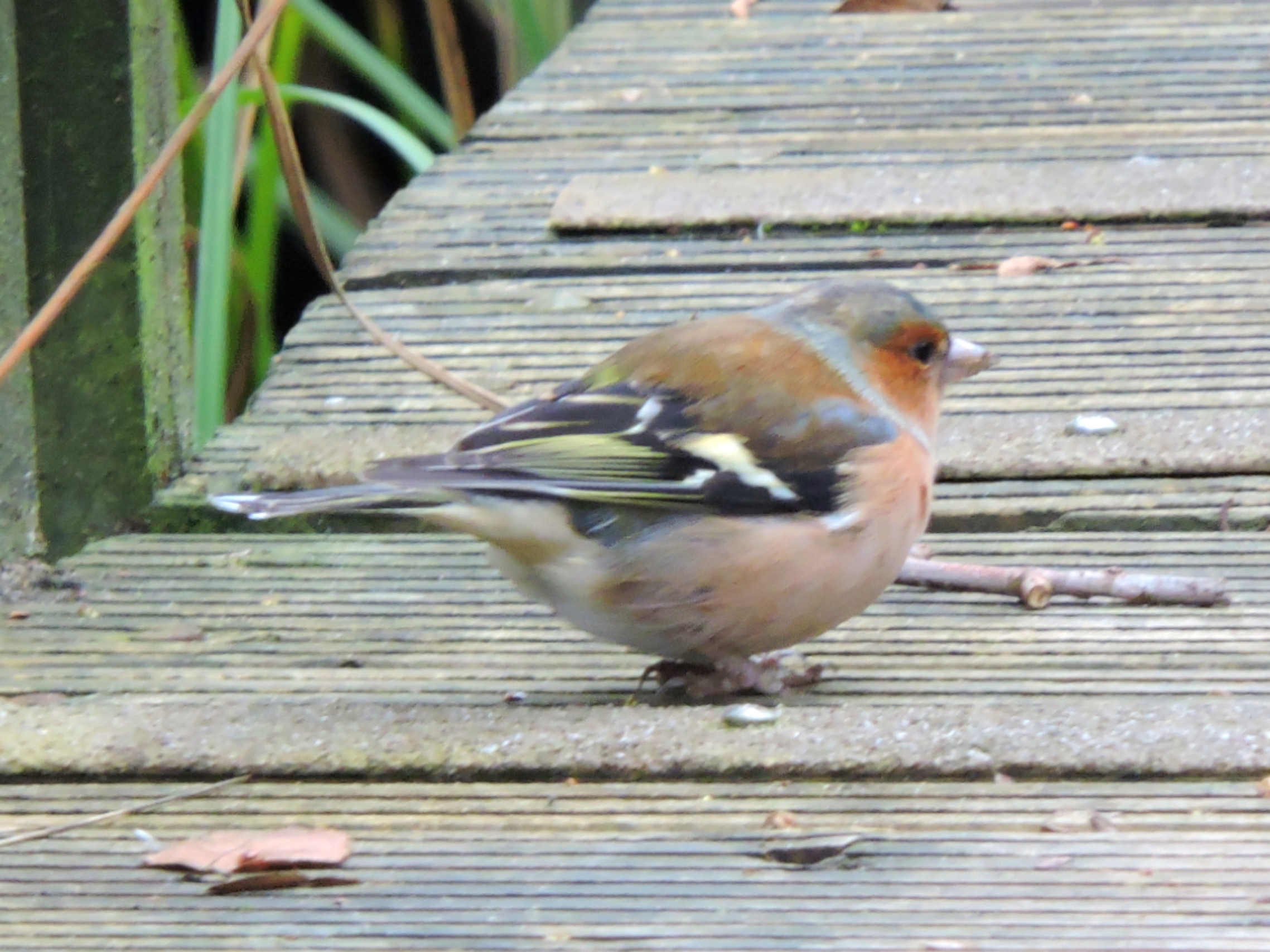
Likewise, European Goldfinch also from the LWC, is a pleasing small bird.
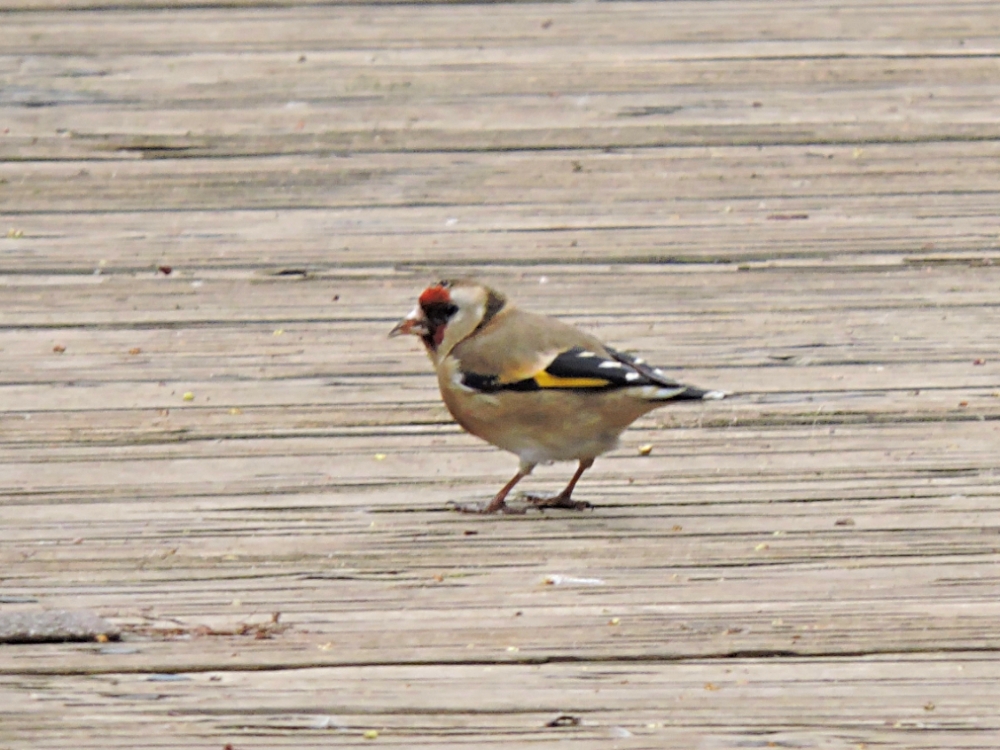
More closely resembling the epitome of a Little Brown Job, was this Dunnock, seen at Bromham, in Wiltshire, one of my ancestral villages, and my first example of an Accentor.
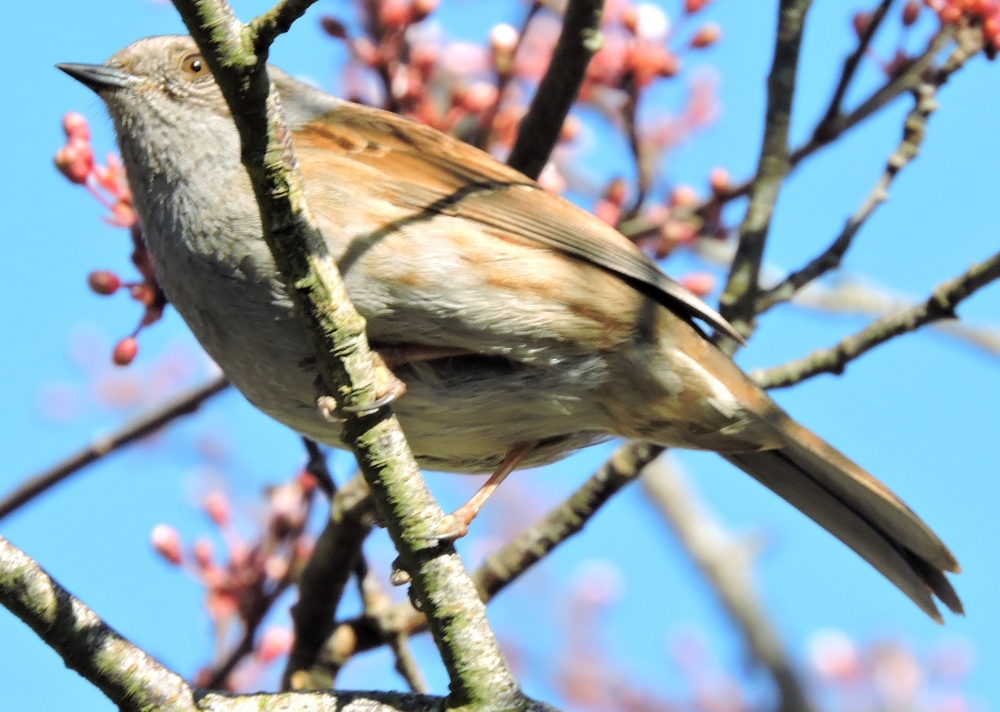
Also small and brown, but satisfying once a photograph was finally obtained, was Eurasian Treecreeper, seen in Salisbury, Wiltshire.
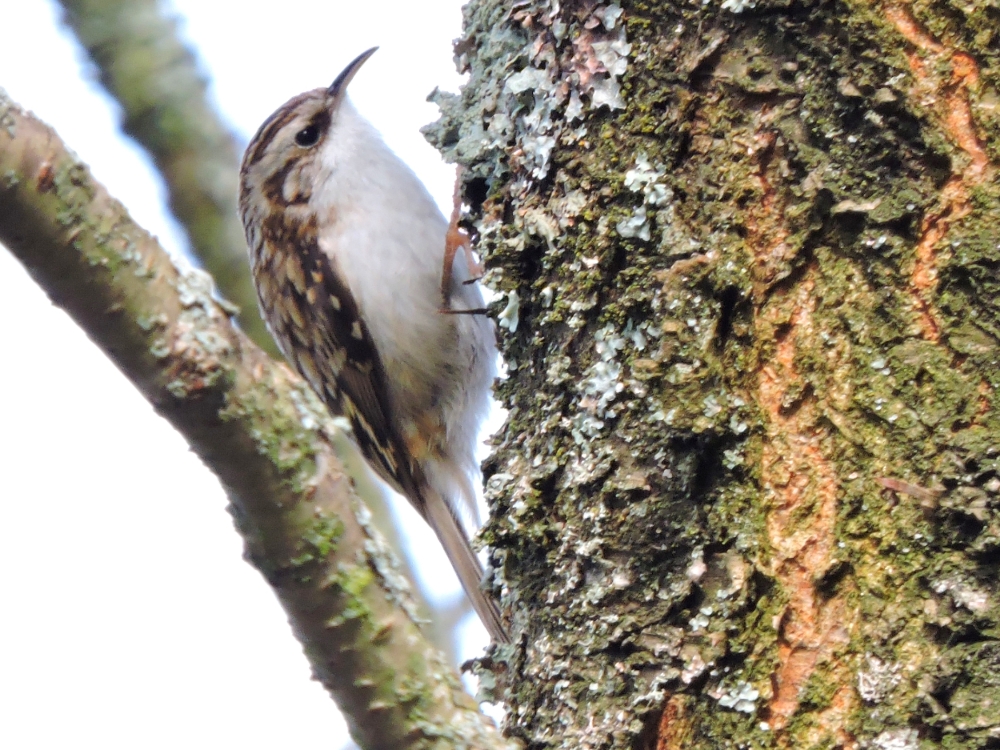
Other small, or generally common, birds seen early in my time in northern Europe were, European Robin, Great Tit, Eurasian Blue Tit, Long-Tailed Tit, Goldcrest, Eurasian Nuthatch, European Greenfinch, Common Reed Bunting, Rock Pipit, Common Blackbird, Mistle Thrush, Stock Dove, Common Wood-Pigeon, and Common Kingfisher.
Raptors seemed to be more difficult to identify, since they would frequently flush while I was cycling only to disappear back into the trees within seconds. One that I was able to see just long enough to adequately note its field marks was Hen Harrier. Red Kite were also seen on occasion circling back-lit against gray skies, while Common Kestrel, and Common Buzzard were gracious enough to momentarily pose for my camera.
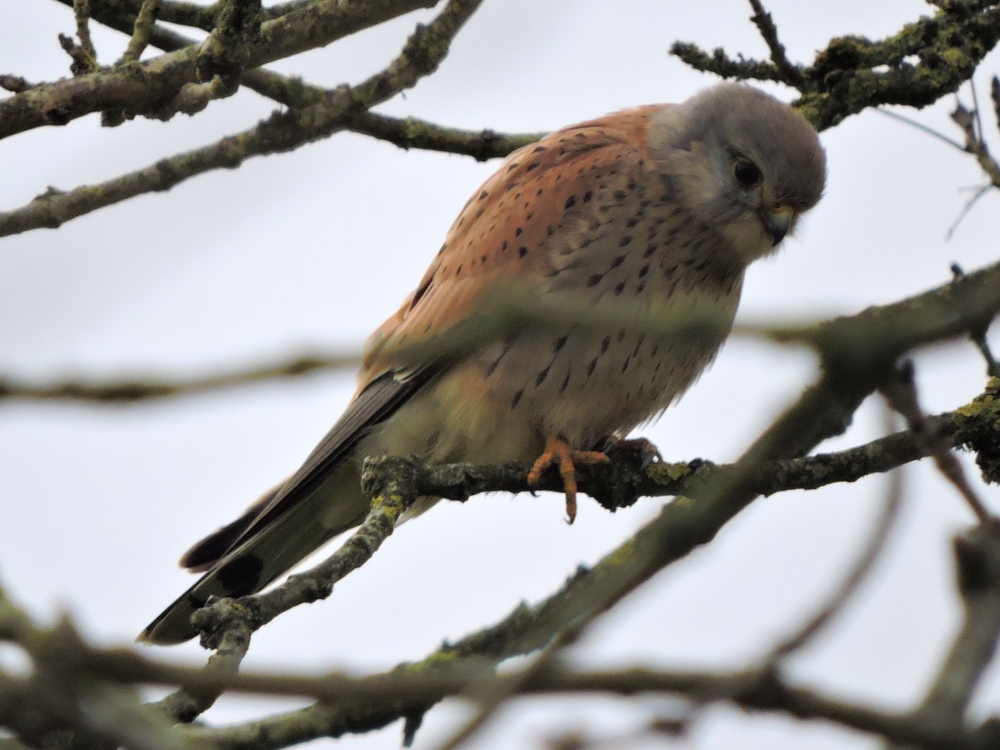
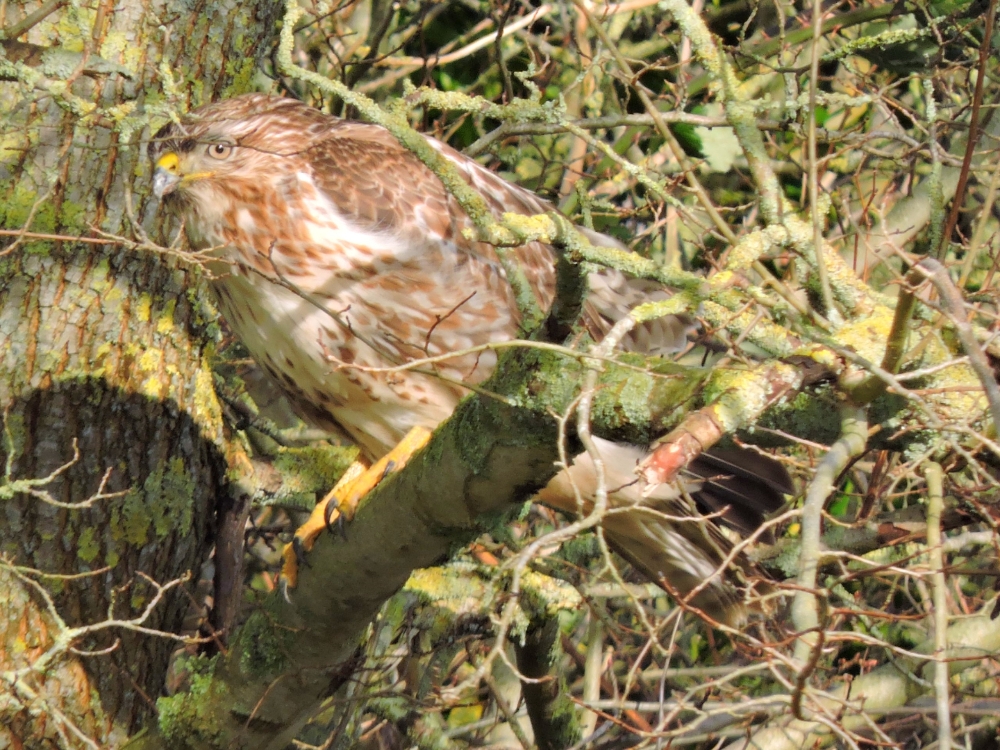
Woodpeckers were also rather frustrating, with Great Spotted Woodpecker frequently, but fleetingly, seen and heard, and this distant observation of Eurasian Green Woodpecker, which is only being shown here because it was a somewhat successful application of the photograph the tree in order to photograph the bird
method.
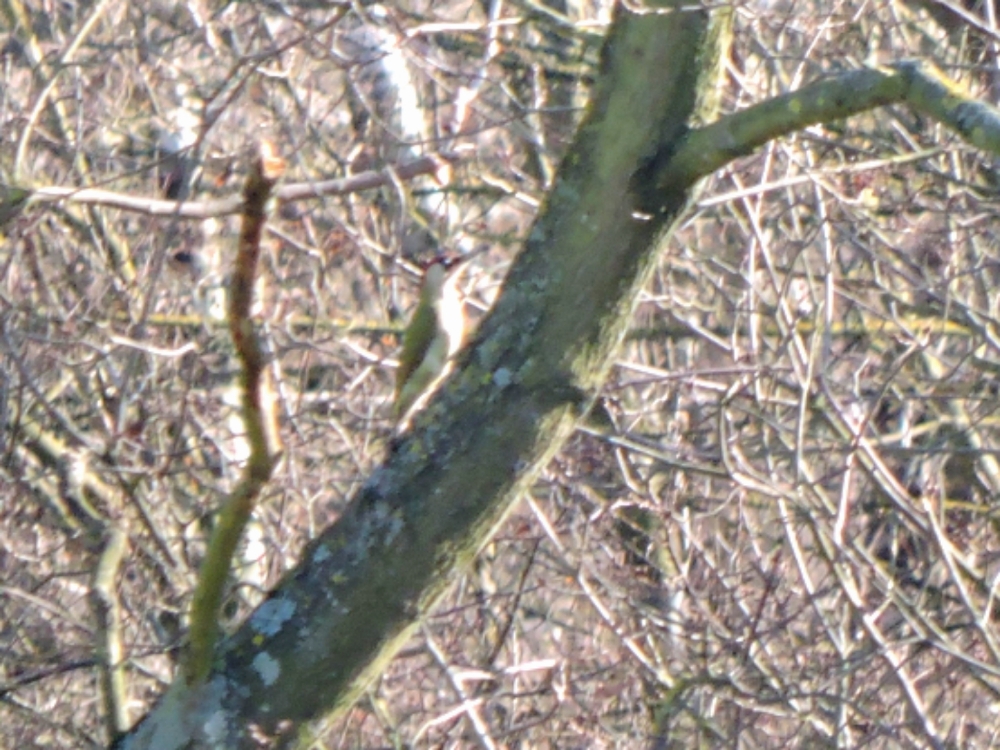
Eurasia is a little unique in that there are several species from the crow family to be found simultaneously in many places, but, fortunately, they are a little more easily separated, relative to their American counterparts. The most common in the region was Carrion Crow, with Eurasian Jackdaw being more localized. Two species that were easy to identify were Rook, in Avebury, Wiltshire, with its characteristic bill with an ivory base, and the generally attractive Hooded Crow, seen in Berlin.
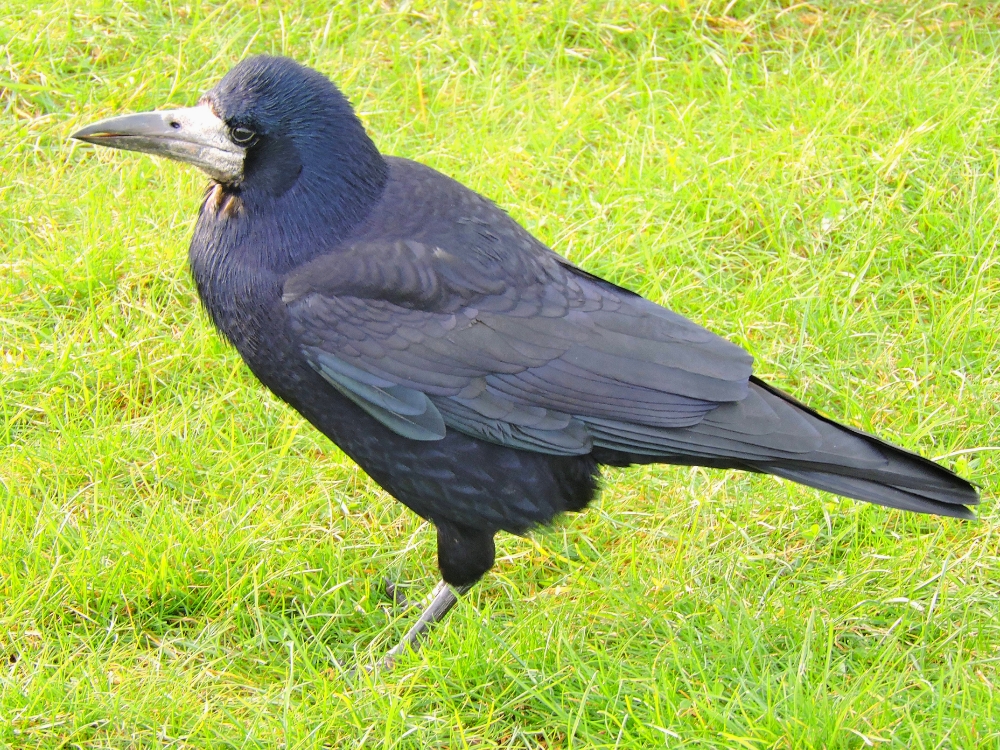
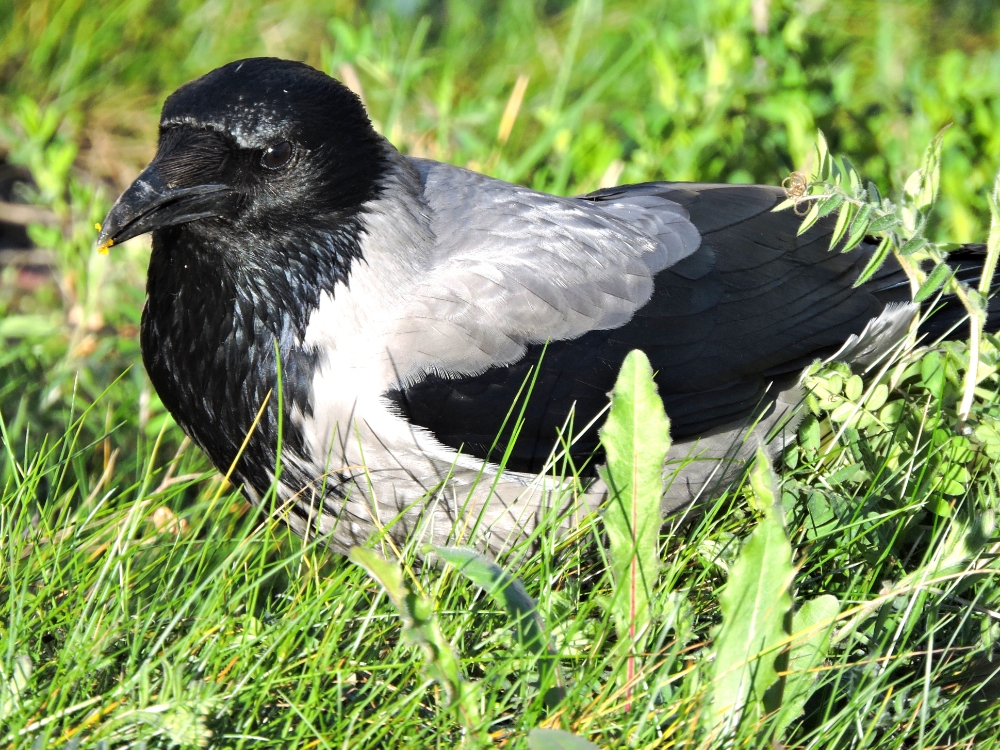
By this point in time, I don’t have very many remaining gaps in my sightings of waterfowl and shorebirds from the Americas, but in Eurasia there were still some possible additions to be made. For example, after seeing so many Southern Lapwings over the years, it was nice to finally add Northern Lapwing at the LWC.
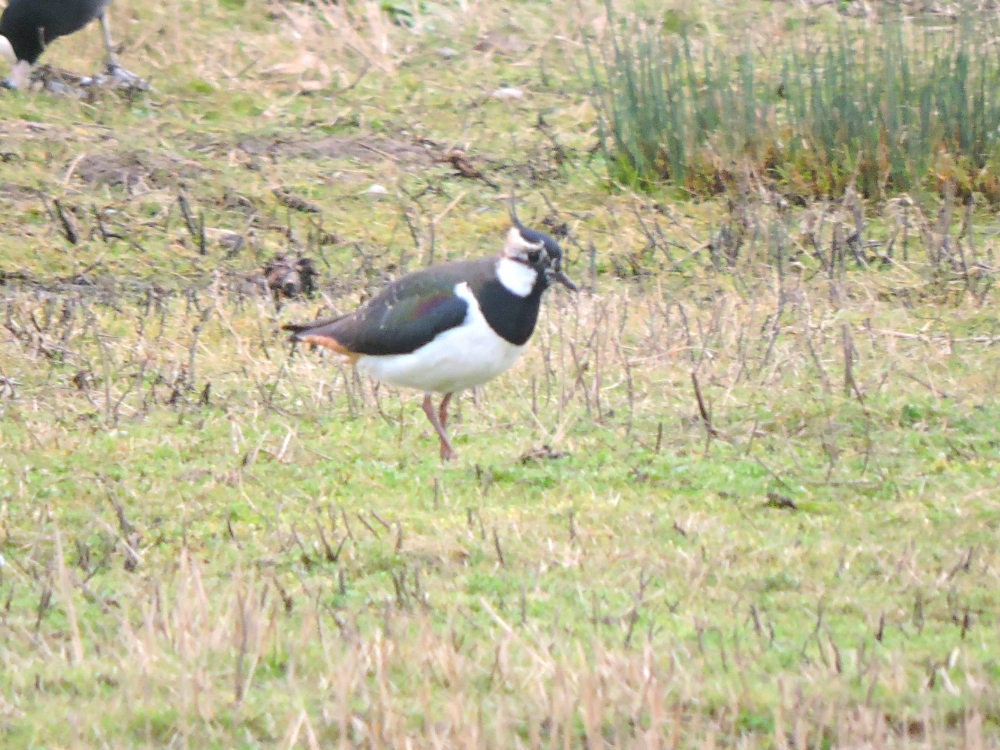
Similarly, Grebes are always cool, so I was pleased to add Great Crested Grebe, first seen on the day in England with the defective memory card, then this example found later on, in Schwerin, Germany.
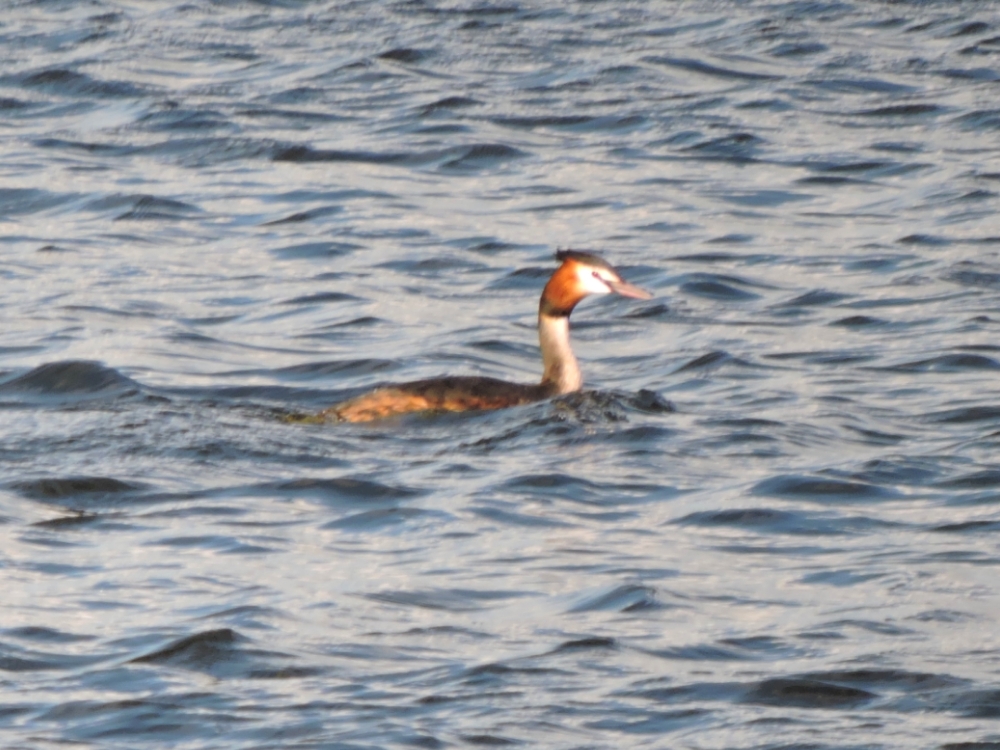
Common Pochard was obtained without too much trouble at the LWC…
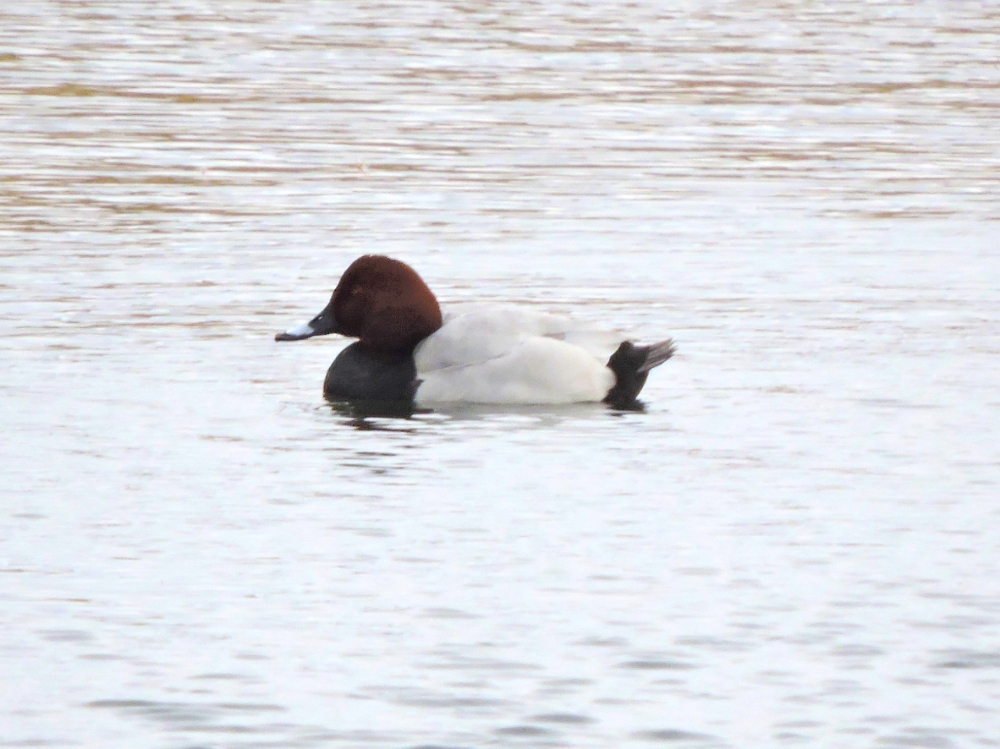
…as was Common Shelduck…
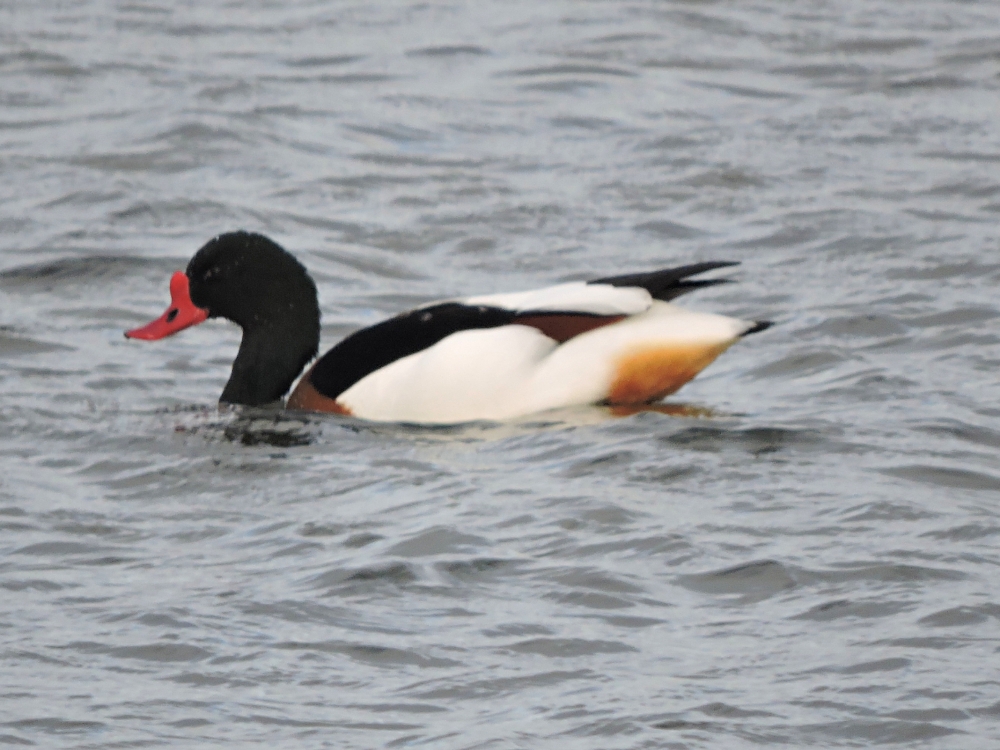
…and an attractive Red-Crested Pochard was seen at close range, also in Schwerin.
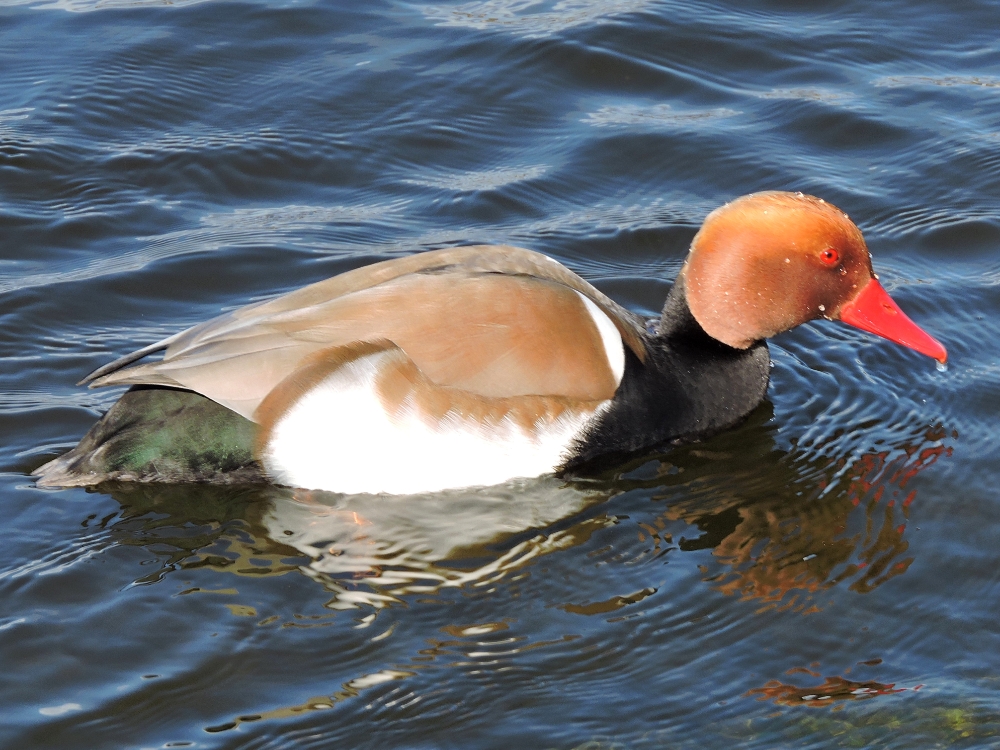
Probably my favorite sighting on the continent so far came in Mecklenburg-Vorpommern, Germany, when I finally got out for some relatively short days of cycling. I didn’t really expect to see very much in the way of new birds, but then came a sound that was unexpected, yet distinctive…the calls of cranes. Over the next couple of days, I enjoyed watching a few flocks of Common Crane feeding in agricultural fields around that region.
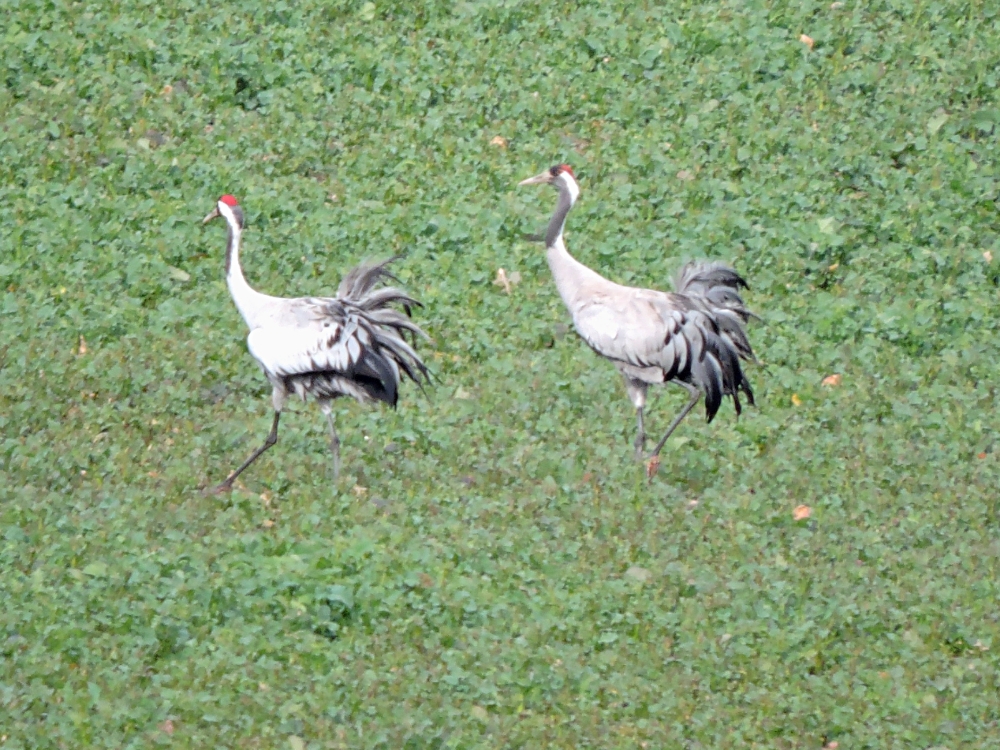
It may be a while before I can reach any areas that are distant enough to have significant numbers of new species, but spring is right around the corner, so perhaps migration will be the change that will allow me to add to my tally over the next month or two.